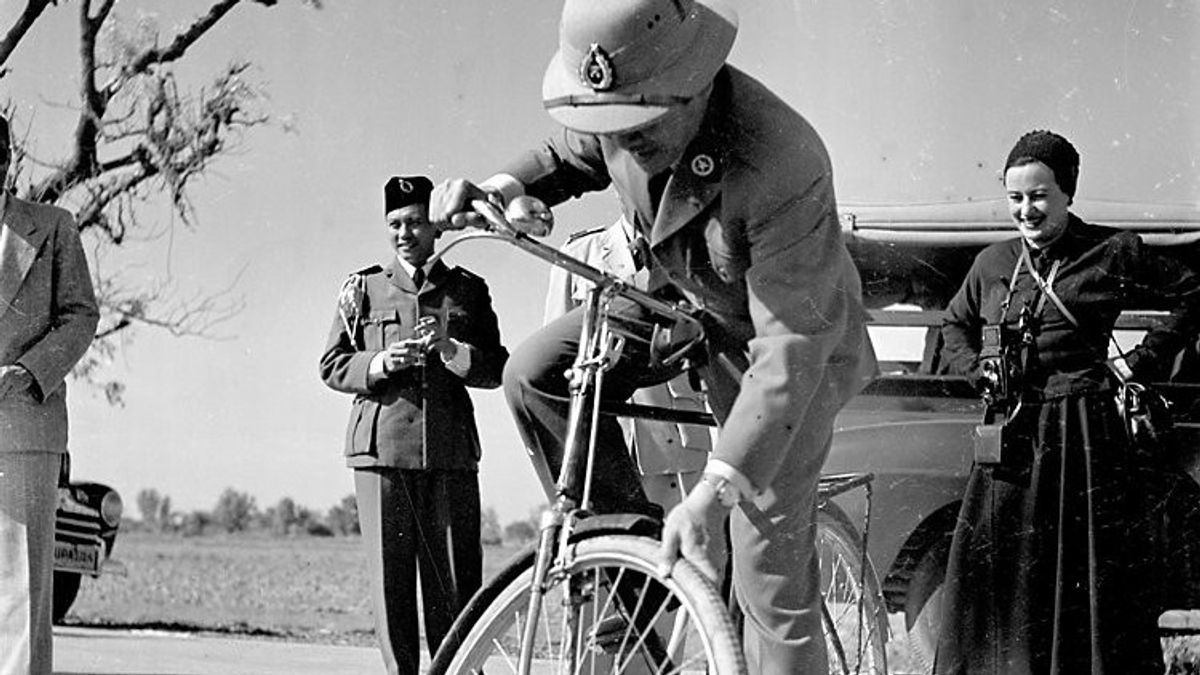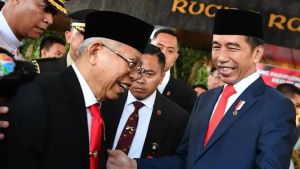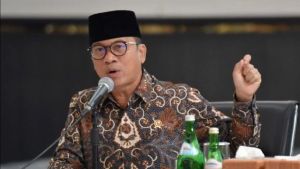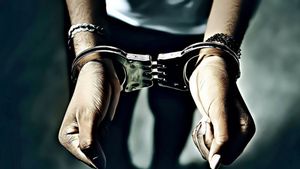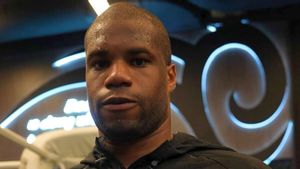JAKARTA - Bicycles were once a marker of social status. The Bumiputras who owned bicycles were limited to aristocrats and priyayi. Soekarno, who was a priyayi son, helped perpetuate this. He has dreamed of owning a bicycle since he was in school. Bicycles are not just a means of transportation. Cycling is also a tool for sharpening sensitivity and thinking. The ideology of marhaenism, its fruit. The ideology of understanding the suffering of the people was discovered by Bung Karno while passing by on a bicycle.
The emergence of bicycles in the Dutch East Indies brought social changes to the mobility of Europeans in the Dutch East Indies. The arrival of bicycles in the archipelago was greeted with enthusiasm in the 1890s. Everyone wants to buy a bicycle.
But not all have the ability to buy a bicycle. The price of expensive bicycles is the origin. A bicycle is equivalent to the price of an ounce of gold. This means that bicycles do not only have value as a means of transportation, but also as a marker of social status.
Only rich and very rich Europeans could afford bicycles. After the Europeans, the people who could afford bicycles were the aristocrats and priyayi. Even that is limited to those who have a salary of up to 135 guilders per month.
That much salary can buy a bike with the best brand. Even on credit. They are targeting foreign-made bicycles. The bicycle brands that were widely targeted at that time included: Fongers, Batavus, Sparta, Gazelle, Humber, Phillips, Raleigh, Goricke, and Fahrrad.
“During the Dutch colonial period, the priyayi lifestyle and the people who worked in the governorate were known to be exclusive. If at first they used horses or horse-drawn carriages as a means of transportation, bicycles began to be used. The sound of drums and loud tinkling bells makes them even more proud to ride a bicycle,” wrote Piet Onthel's book (2011).
Soekarno, who is the son of a priyayi, also has more interest in bicycles. He often sees all his friends who attend Hoogere Burgerschool (HBS) Surabaya have bicycles. While he had none at all. Soekarno envious is not playing. A ploy began to be thought of. Saving is Soekarno's practice.

Every pocket money given by parents or relatives is saved. After the money was collected, Soekarno then bought the best bicycle from the Netherlands. It was a Fongers branded bicycle which was glossy black in color. Fongers then accompanied Bung Karno in every activity. From Studying to dating. The bikes are well taken care of. Not once appeared the desire to use his bicycle arbitrarily. Especially when it's cracked.
“I started saving and saving more and more and when I collected eight rupiahs, I bought a shiny black Fongers, a bicycle made in the Netherlands. I took care of her like a mother. He rubbed. I holdhold. I stroked. One time Harsono (son of HOS Tjokroaminoto) who was seven years old secretly took my bicycle and crashed it into a wooden tree. His whole face was broken. Harsono was scared."
“He didn't dare tell me, and when I heard the news, I kicked his ass hard. Poor Harsono. She cries. He shouted. For weeks I had been shaken by my shiny black Fongers which were now crooked. Finally, I was able to collect another eight rupiahs and bought another bicycle but for Harsono,” said Soekarno as written by Cindy Adams in Bung Karno's book: Connecting the Tongue of the Indonesian People (1965).
Discovering Marhaenism
Bung Karno's habit of cycling became even more massive when he was studying at the Technische Hoogeschool te Bandoeng -- now the Bandun Institute of Technology. Cycling is the medium to get inspiration to fight for the nation and state.
Especially by absorbing the aspirations of the suffering of the bumiputras. By cycling, Soekarno often meets many people from various walks of life. Farmers, for one.
Soekarno heard a lot of complaints from farmers regarding the treatment of the Dutch who considered them to be like 'cash cows' who were able to generate profits. At its peak, Soekarno met a small farmer named Marhaen.
His encounter became an important momentum for the emergence of Marhaenism. An understanding that is then used as a tool to defend the fate of small farmers, factory workers, and anyone who does not have the means of production.
“Marhaenism, as Laifer (researcher) puts it, is an alternative ideology. With the theory of socio-nationalism, marhaenism is a nationalism based on the empirical conditions of Indonesian society, which not only consists of farmers, but also represents a multi-ethnic and multi-cultural society. With the socio-democratic theory, marhaenism not only declares itself as a type of socialism, but also socialism which adheres to democracy.
“It can be said that marhaenism is the Indonesian interpretation of socialism-democracy. After all, Indonesian-style socialism is not only Marxism, but also, according to Bung Hatta, refers to Islamic teachings and traditional Indonesian values. And the most important thing is that marhaenism rejects atheism, because, according to Bung Karno, marhaenism is based on belief in God Almighty,” explained M. Dawan Rahardjo in his article in Tempo Magazine entitled Marhaenisme (1999).
Bung Karno continued to fight for the theory of struggle until Indonesia reached the gate of independence. Almost nothing has changed from the figure of Bung Karno. He still likes to find inspiration while cycling. This tradition was carried out when he was exiled to Bengkulu. He often rides to listen to the voice of the people.
Not infrequently, he and fatmawati often compete in riding bicycles. This habit developed until Soekarno became Indonesia's first president. During one of his visits to Agra, India, Soekarno saw a farmer riding a bicycle. Therefore, there was a desire to try the bike again with Fatmawati. And both of them around Agra by bicycle. Even for a moment.
"And Ilham flooded the deepening of Soekarno when he sat on the bicycle saddle. The bicycle also brought him together with Marhaen, who then gave him a new understanding of the people. Will the officials of this country understand the suffering of the people like Soekarno if they each pass through the streets using luxury cars with tight escorts?”
"Times do change. In the Soekarno era, at least farmers still had a piece of land. Today, many farmers have no land at all. The difference is that in the past, those who were able to ride a bicycle were the priyayi and the wealthy, now the cyclists are mostly marhaen or at least those who are considered poor,” wrote the book Exploring the Bikes Compass: Seeing Indonesia from a Bike (2010).
*Read other information about SOEKARNO or read other interesting articles from Detha Arya Tifada.
Other MEMORIESThe English, Chinese, Japanese, Arabic, and French versions are automatically generated by the AI. So there may still be inaccuracies in translating, please always see Indonesian as our main language. (system supported by DigitalSiber.id)
